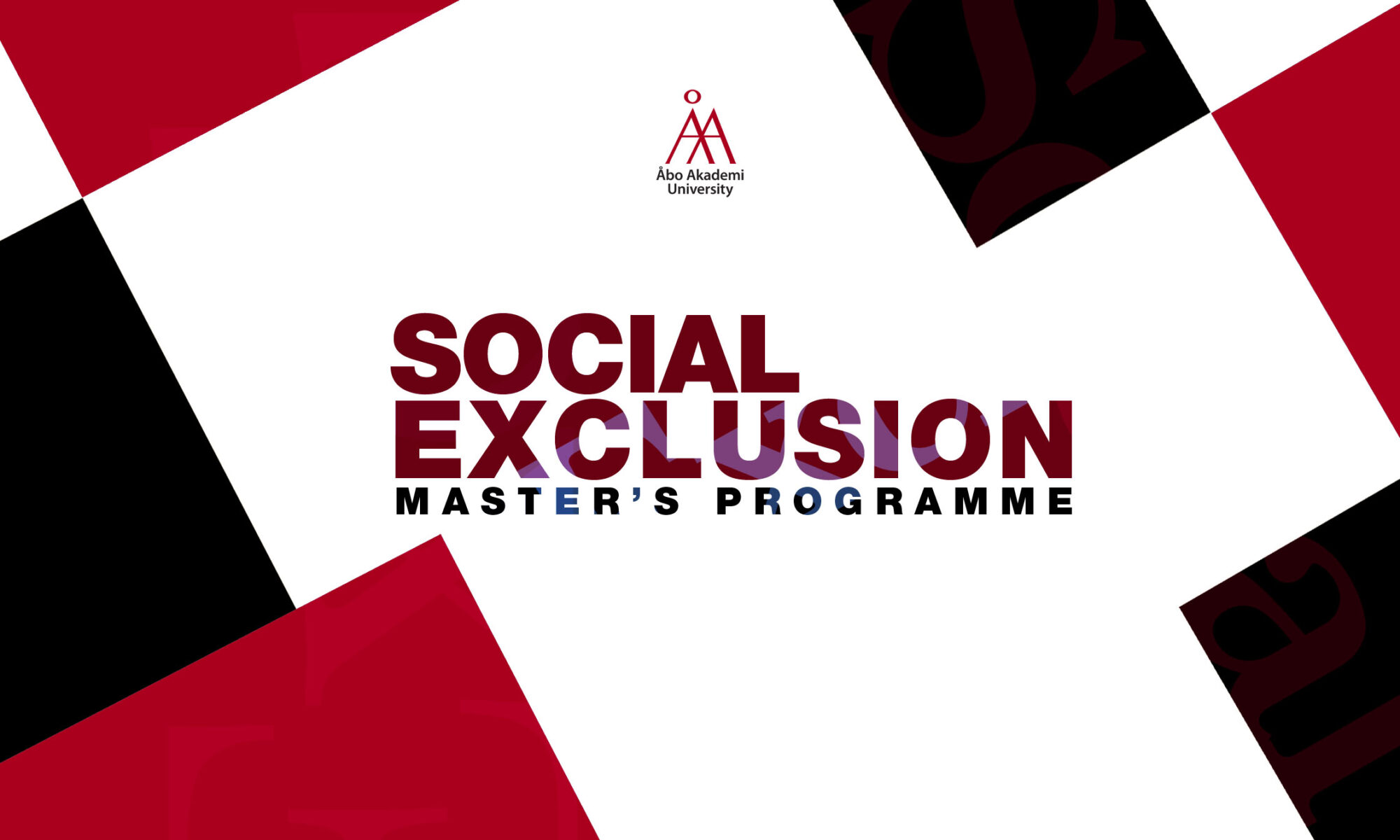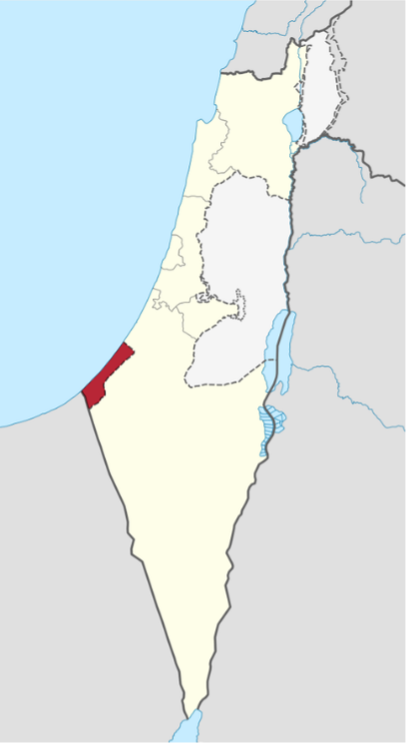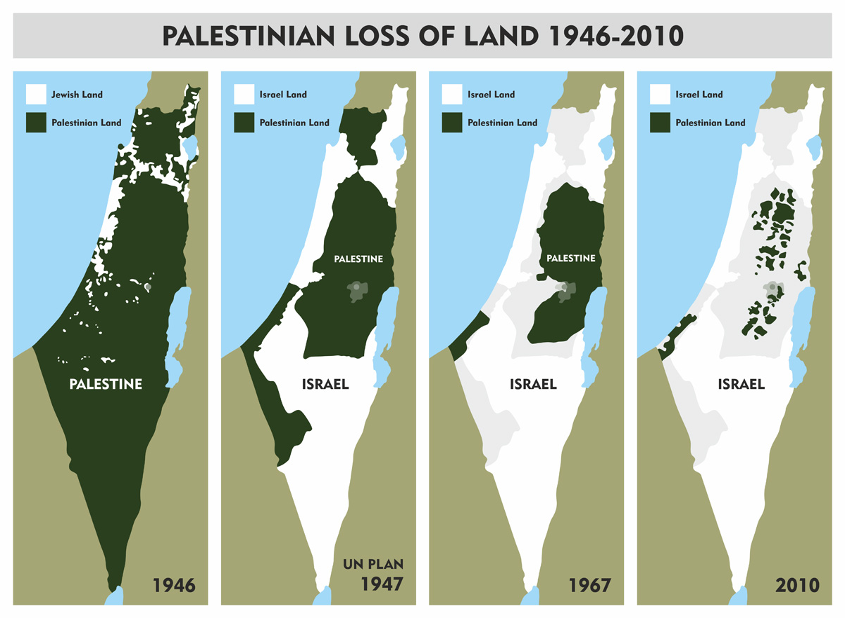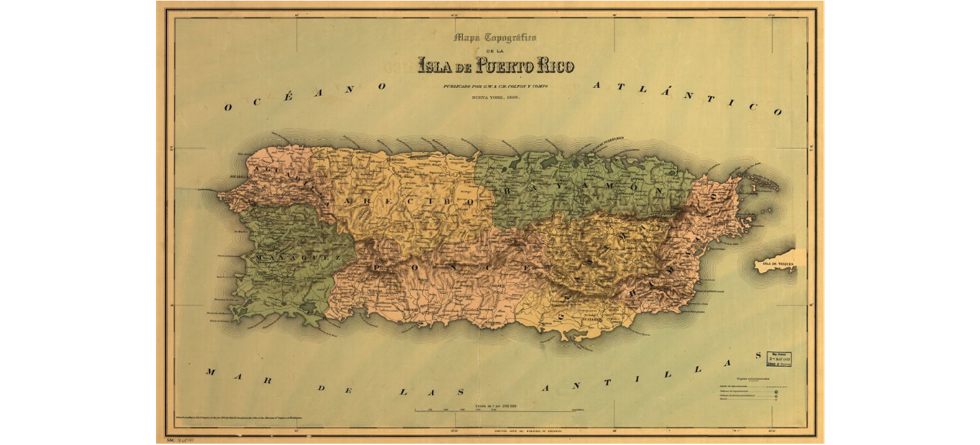WRITTEN BY Pemphero Banda

Despite ICBT enabling small‐scale entrepreneurs to escape poverty and meet the education, housing, and other basic needs, it continues to be an agent for the exclusion of women in major cross-border locations within the southern Africa development community (SADC) where women account for a high percentage of informal traders[1].
How does the physical border exclude both men and women?
With estimates suggesting that more than 95 percent of the trade activities in Africa are undertaken through unofficial trading systems like ICBT[2], these unofficial systems expose both genders to exclusion from fully enjoying the benefits of the sector. With payments of unofficial fees at the physical borders being expected of every informal trader, with little to no access to information many traders end up paying more at the request of corrupt officials which in the end heavily impacts how much profit they make.
How the physical border fuels the exclusion of women in the ICBT sector
Despite this physical border and ICBT excluding both genders, it is also seen to create a conducive environment where the ideological border between men and women is thriving. There is a visible difference in the treatment of women in relation to their male counterparts which reveals how socially excluded women are in this industry. Unlike male traders, women involved in the informal cross-border trade, are heavily exposed to unduly exploitation and this discourages some to participate in the sector fully and freely. Women are stopped for check-in numerous times before reaching their markets and are further intimidated to pay trade taxes for their goods, systems that were previously abolished. Outside of the physical border, like in Zimbabwe and Malawi, statistics show that there are more women in the informal trade sector in South Africa than men, however, the South African Informal Traders Association said while this was true, components of the trade were still controlled by men[3].
Women continue to find themselves at the mercy of their male counterparts. Instances are present where women have no choice but to use another man to either collect their merchandise or negotiate deals with officials simply because they are considered as not being qualified and capable enough to handle such situations.
Moving forward
Seeing how informal Cross Border Trade employs almost 20 to 75 percent of the labor force in most African countries it is safe to say that the industry has important implications for employment and income generation for traders. It can therefore be a good idea to acknowledge and then address all the gender-specific constraints being faced by women in the sector. However, if we do not draw our focus to the ramifications of the trade and its daily operational systems, many women will continue being taken advantage of and excluded from fully and freely participating in the trade and the economic growth of their families and consequently their countries[4].
Many non-governmental organizations in Africa are taking up the task of putting measures to help end the financial exclusion of African women by empowering them to take up a trade and other domestic financial activities. African women engaging in informal and small-scale cross-border trade stand to benefit from policy suggestions emanating from organizations like UNCTAD’s Borderline project. “Borderline” project equips women with information on trade procedures, helping them reduce business costs and expand their opportunities[5].
References
- Women in informal cross-border trade in sub-Saharan Africa: an untapped potential to feed, integrate and industrialize Africa. 29 May 2019. African Development bank group.
- Panavello, S. (2010). Working across borders- harnessing the potential of cross-border activities to improve livelihood security in the horn of Africa drylands. HPG policy brief 41. ODI: London.
- Kubheka, A. ‘Are there women in the informal trade sector.’ Daily News. August 15, 2018.
- Njiwa, D. (2010) Informal cross-border trade challenges and opportunities: A case of COMESA and its STR implementing borders.
- Informal cross-border trade for empowerment of women, economic development and regional integration in Eastern and Southern Africa | UNCTAD










